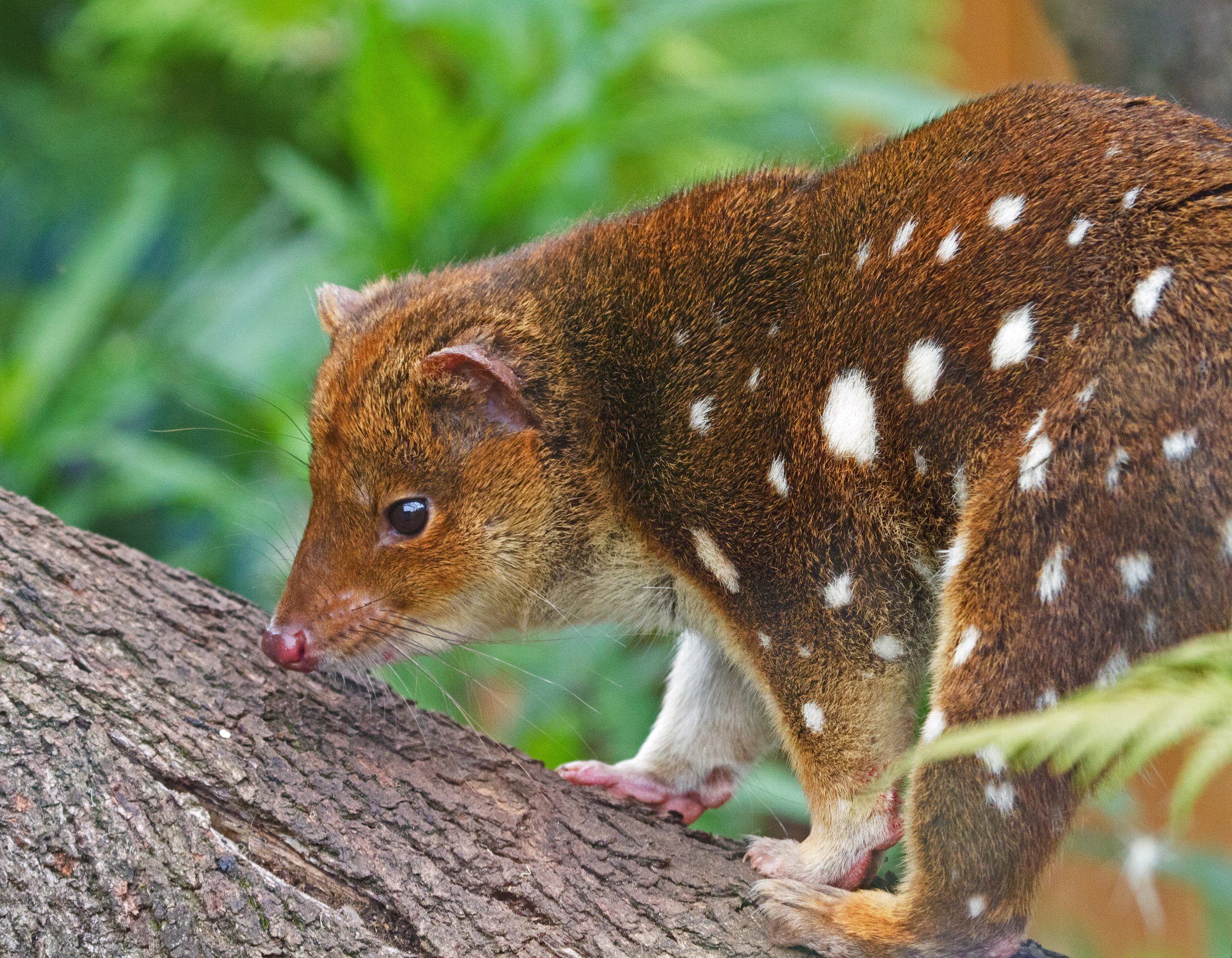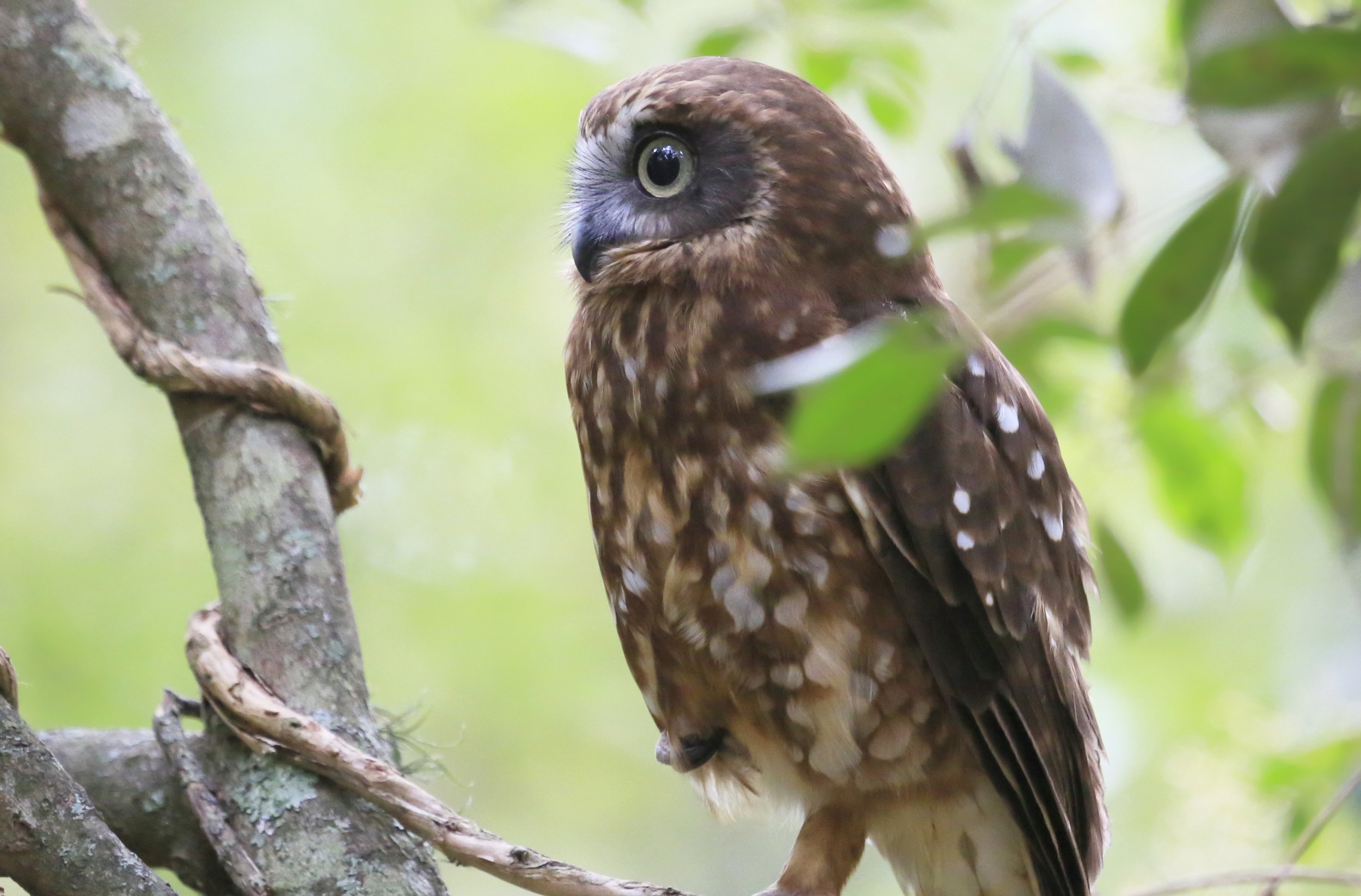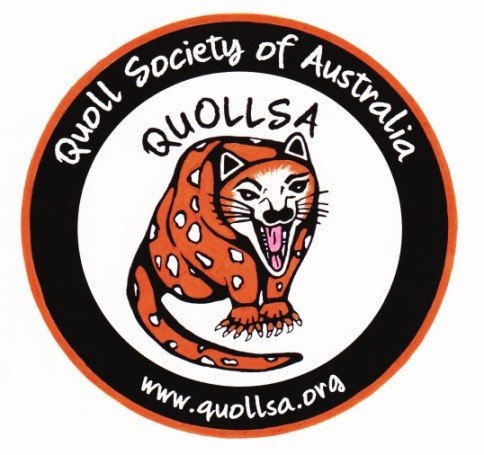Wildlife Friendly
Granite Belt
The Granite Belt is known for its natural beauty and its wildlife, and is the last stronghold in Australia for the Spotted-tailed Quoll. Researcher Paul Revie of the Quoll Society of Australia says that "The Granite Belt is the only place we've found a healthy population of Spotted-tailed Quolls". We need to choose carefully when buying rat and mice poisons, to prevent death or serious harm to our native wildlife.
Spotted-tailed Quoll - Paul Revie
You can help, and it’s easy! Choosing wildlife-friendly methods of controlling rats and mice can make our region a safe haven for Spotted-tailed Quolls, Powerful Owls, Southern Boobooks and other native birds and mammals.
Many “second generation” rodenticides (SGARs) are attractive and lethal not only to rats and mice, but also to pets and wildlife such as owls, quolls, magpies, possums and others. Wildlife and pets can be weakened or killed through taking the baits or through ‘secondary poisoning’, by consuming the poisoned rodents. Granite Belt Wildlife Carers are already seeing the effects of SGARs in the wildlife they are caring for.
Southern Boobook - Charles Dove
A recent Australian study showed that over 70% of dead and dying boobook owls sampled had been exposed to SGARs, and that over 50% had dangerously high levels. Even if not directly killed by internal haemorrhaging, wildlife that have ingested rodenticides are more likely to hunt unsuccessfully, get ill, or be killed on roads.
Wondering why Second-generation Anticoagulant Rodenticides are so bad for the environment, wildlife, and even pets? Act For Birds have summarised the evidence.
Powerful Owls - Ann Alcock
Choosing a wildlife-friendly rodenticide or method of rodent control is easy. Check our list below when shopping locally. Read about how to control rodents without harming native wildlife here in The Conversation and follow these tips from Birdlife Australia on bird-friendly rodent control.
If you're using live or snap traps, make sure you check out the RSPCA's tips on the most humane way to use live or snap traps. Snap traps should only be used inside the home where there is no risk of trapping native wildlife.
A joint project with:
Look for this sticker at local participating hardware stores and businesses: they’re helping our region remain a Wildlife-Friendly Granite Belt by committing to using less harmful control methods for rodents, rather than SGARs.
Our guide to locally available options to help you make the best choice for our wildlife.












